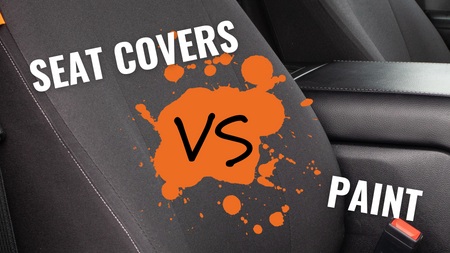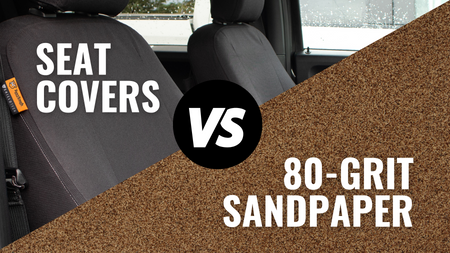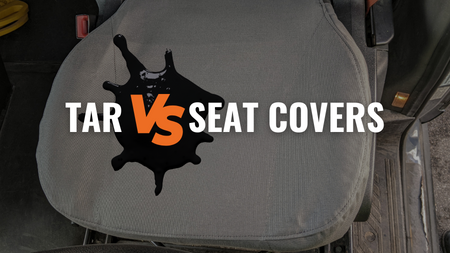It's not something you typically plan for, and honestly, it's hard to imagine why you'd ever need to do this, but let's talk about dealing with a sudden paint spill while in transit. Yes, it sounds like a scene straight out of a slapstick comedy, but if you ever find yourself in this sticky situation, here’s how you can manage it without turning your vehicle into abstract art.
Expect the Unexpected
First things first: You’ll unlikely ever need to clean up paint from your vehicle’s interior if you aren’t a professional painter. But, hey, life is full of surprises; sometimes, those surprises come in colorful, liquid form. If your paint cans decide to go rogue and burst open, knowing what to do next can save you a lot of hassle—and cleaning bills.
So here’s how we cleaned it up in another one of our torture tests.
Essential Supplies and Process
Get lots of paper towels. More than you think you'll need. Paper towels will be your first line of defense, helping to soak up the spill before it spreads too far and dries.
Then grab your favorite multipurpose vehicle cleaner. Ours was the cheapest one in the Walmart auto-detailing aisle.
- Soak up as much of the paint as possible with the paper towels.
- Spray the seat with a multipurpose cleaner.
- Continue wiping up the mess with paper towels.
After using paper towels to remove as much paint as possible, we tackled the remaining mess with an all-purpose auto interior cleaner we picked up from Walmart. This step was crucial in removing any residual paint and making sure our vehicle's interior was clean and free from any lingering odors or stickiness.
Wrapping Up
Once you've managed the immediate crisis, take a moment. It's all good—really. A paint spill in transit isn’t the end of the world, though it might feel like it in the moment. Clean up as best as you can, and toss those covers in the wash. In the meantime, keep those windows down to air out any lingering fumes.
And if you don’t have seat covers protecting your seats from paint, grease, tar, or other disasters inside your cab, now’s the time to grab some.





